As technology advances and refines, reaching top-notch sound quality, which was formerly thought elusive, is now within grasp.
Even low-cost speakers can provide a good audio experience. Quality speakers improve sound authenticity, providing a more immersive experience with richer musical subtleties.
Three-way speakers have evolved as a result of continued technological advancement, offering various advantages above traditional two-way speakers.
To better understand the benefits of three-way speakers and help consumers make purchasing decisions, it is critical to investigate the unique benefits they provide and identify significant considerations when selecting speaker devices.
5 Differences Between Them: 2-Way VS 3-Way Speakers
Handling Frequency Ranges:
2-way speakers typically have a woofer and a tweeter. The woofer is in charge of low frequencies (bass), while the tweeter is in charge of high frequencies (treble).
3-way speakers have a mid-range driver in addition to the woofer and tweeter. The mid-range driver handles sounds between the bass and the treble, resulting in a wider frequency range coverage.
Audio Accuracy:
While 2-way speakers are suitable for many audio applications, the streamlined design may fail to reproduce mid-range frequencies as precisely as a specialized mid-range driver.
With a dedicated mid-range driver, 3-way speakers can reproduce mid-range frequencies more precisely, resulting in better audio clarity and detail in that region.
Complexity of Crossover Networks:
2-way speakers have a basic crossover network that divides the audio signal into low and high frequencies, which are handled by the woofer and tweeter, respectively.
3-Way Speakers: A more complicated crossover network is required to spread the signal among three drivers. This intricacy increases technological hurdles, but it also allows for a smoother transition between frequency bands and reduces driver interference.
Dimensions and design:
Due to the low number of components, 2-way speakers are generally more compact and easier to construct. This simplicity frequently results in a more visually appealing and cost-effective speaker.
Due to the addition of a middle driver, 3-way speakers tend to be larger and more sophisticated in construction. The larger size may limit placement alternatives, and the additional components may raise manufacturing costs.
Cost:
2-Way Speakers: Due to their simpler design and fewer components, 2-Way speakers are typically less expensive to make. As a result, they are a cost-effective option for many customers.
3-Way Speakers: More advanced engineering, materials, and manufacturing procedures are used, resulting in a higher production cost.
As a result, 3-way speakers are frequently more expensive, making them a good alternative for individuals looking for high-quality audio.
2-Way Speakers: Pros and Cons
Pros of 2-Way Speakers:
Cost-Effective: Two-way speakers are often less expensive, making them more accessible to a wider spectrum of consumers. This cost is especially beneficial for beginning audio fans or those on a tight budget.
Simplicity and Elegance: The two-way speaker's simplified design, with a woofer handling low frequencies and a tweeter handling high frequencies, results in a simpler and more aesthetically beautiful speaker. Because of their simplicity, they are simple to integrate into many audio settings.
Ease of Integration: Because of their simple design, two-way speakers are frequently easier to integrate into various situations. They are adaptable and suitable for a wide range of applications, including home entertainment systems and modest studio setups.
The small number of components in two-way speakers contributes to their small size. As a result, they are perfect for circumstances when space is limited, such as bookshelf placement or smaller rooms.
Cons of 2-Way Speakers:
Precision of Frequency Range: The lack of a specialized mid-range driver in two-way speakers might lead to less exact reproduction of mid-range frequencies. This constraint may affect overall auditory clarity and detail, particularly in intricate musical compositions.
Full-Range Reproduction Challenges: While two-way speakers are suitable for many audio applications, they may struggle to reproduce a wide range of frequencies with the same precision as speakers with extra drivers.
Crossover Issues: It can be difficult to achieve a seamless transition between the woofer and tweeter frequencies in a two-way speaker. The crossover point, where frequencies are passed between drivers, may cause interference or distortion.
3-Way Speakers: Pros and Cons
Pros of 3-Way Speakers
Extended Frequency Range: By including a dedicated mid-range driver, three-way speakers can cover a wider frequency spectrum more effectively. As a result, audio precision improves and the original sound source is more faithfully reproduced.
Enhanced Mid-range Detail: Because three-way speakers include a dedicated mid-range driver, they excel at reproducing the intricacies and nuances of singers and instruments in this key frequency range. As a result, the audio experience becomes more detailed and lifelike.
Reduced Driver Interference: The use of a mid-range driver allows for a smoother transition between low, mid, and high frequencies. This reduces interference at crossover points, resulting in a more smooth and coherent sound output.
Suitable for Complex Music: Three-way speakers are especially well-suited for dealing with sophisticated musical compositions that contain a wide variety of frequencies. They can provide a balanced and accurate portrayal of the various sounds found in genres such as classical or jazz.
Cons of 3-Way Speakers
Cost Increase: The intricacy of the design, additional components, and manufacturing technical problems all contribute to a higher production cost for three-way speakers. As a result, they may be more expensive than simpler options.
Size and Aesthetics: Because three-way speakers contain more drivers and components, they are larger and may have a more sophisticated appearance. This size may limit placement options and make the design less visually appealing to some users.
Implementing an effective three-way speaker design has technological obstacles, particularly in achieving a balanced crossover network. This intricacy necessitates accurate engineering and may make tweaking the system for maximum performance more difficult.
Conclusion
In principle, the two-way frequency divider has a simpler structure, a smaller size, and a lower profile than its three-way equivalent. However, one disadvantage is that it cannot record precise sound nuances.
The three-way speaker's handling of transitions between high-mid and low frequencies, on the other hand, is more versatile, albeit with more stringent crossover needs.
The quality and technical requirements of the crossover are critical, as they have a direct impact on the associated costs.
The intrinsic cost of producing optimal sound reproduction in three-way speaker systems increases as the requirement for greater quality and more sophisticated technological elements in the crossover increases.

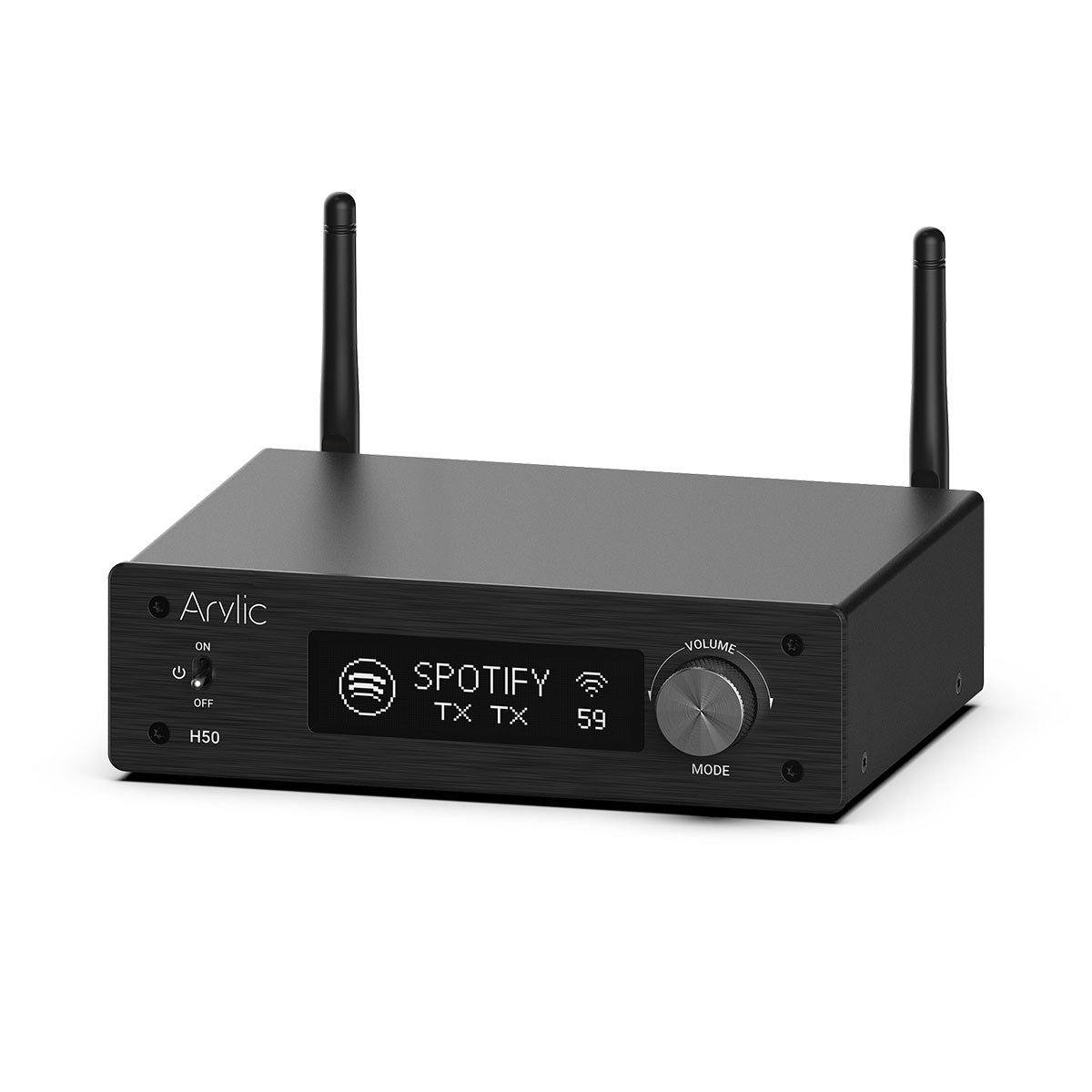

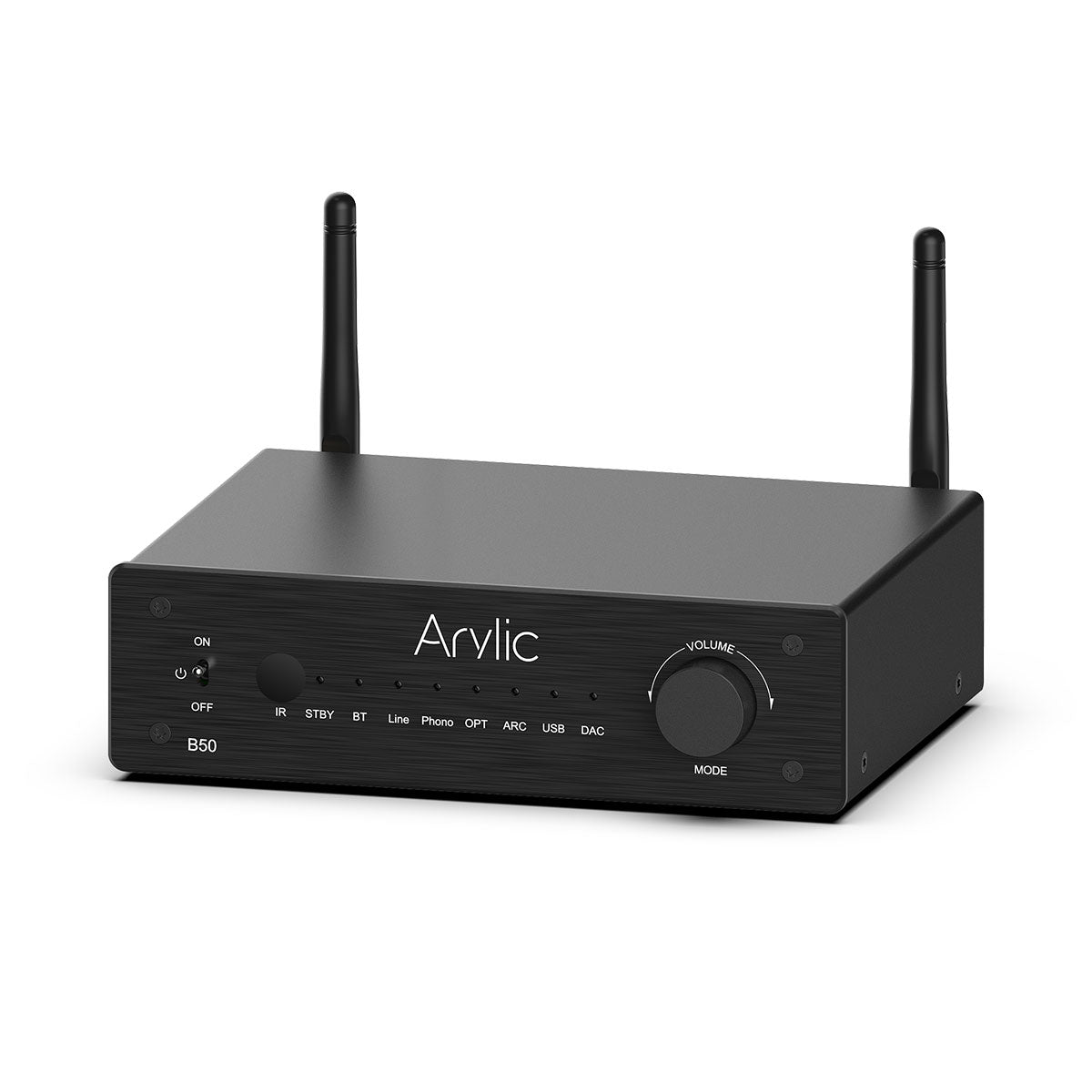
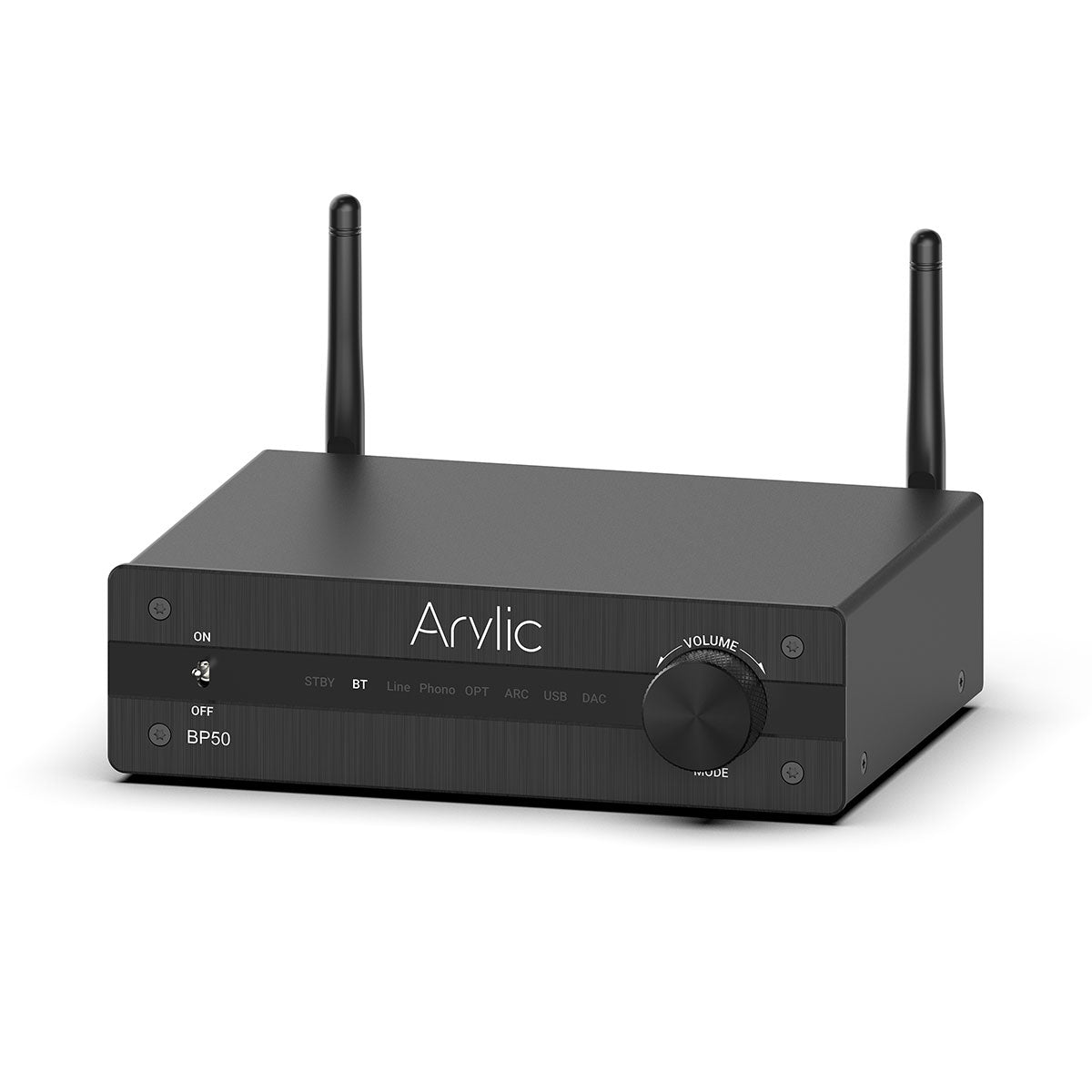
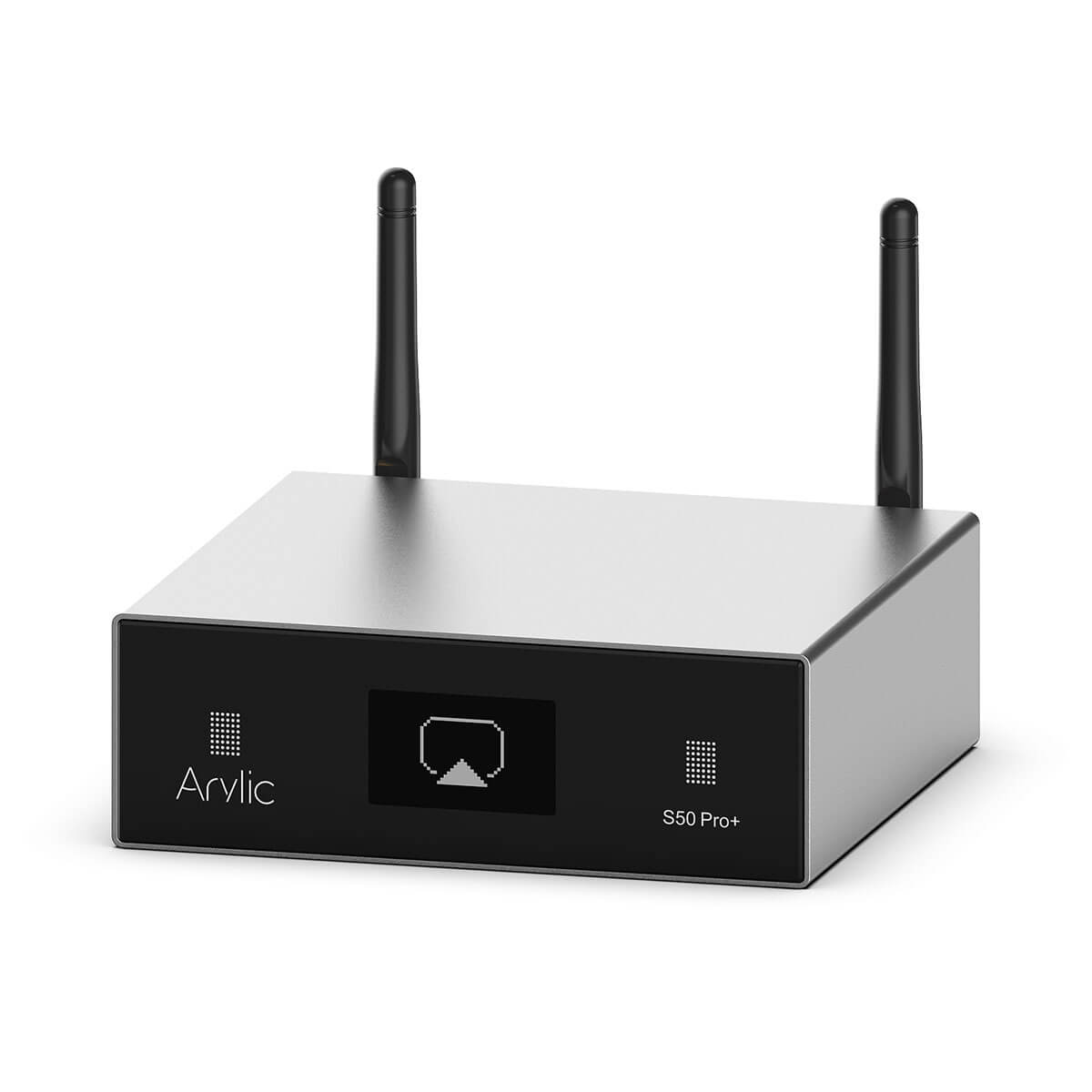
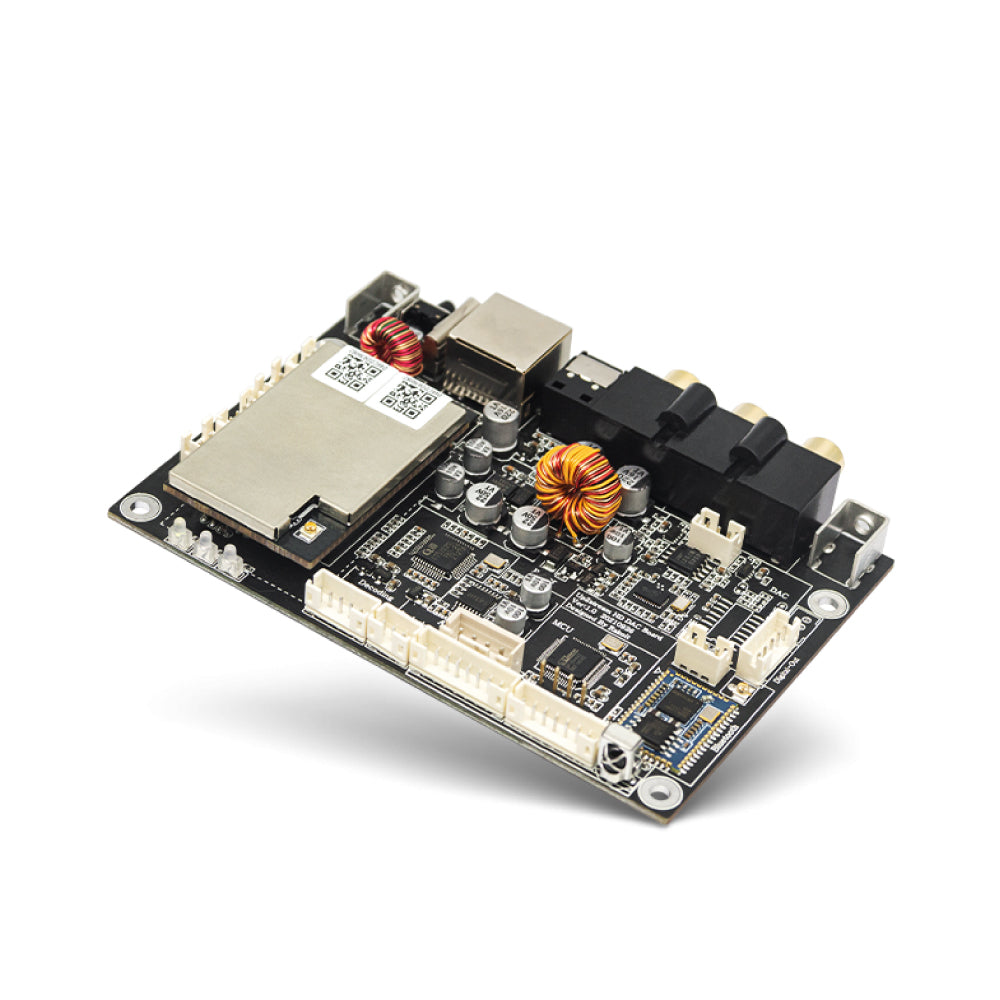
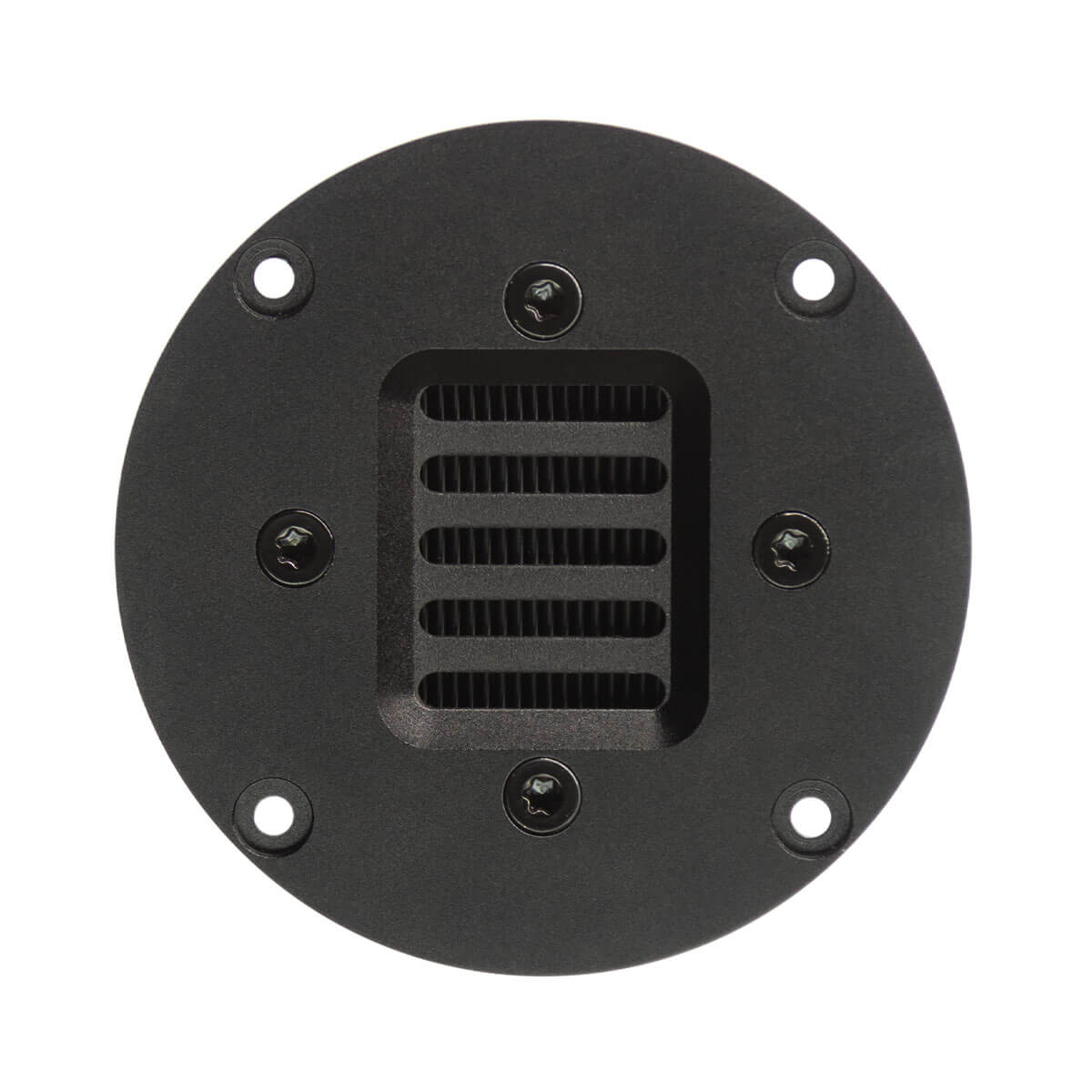
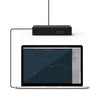
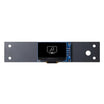
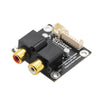
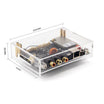
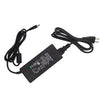
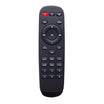
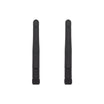
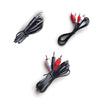
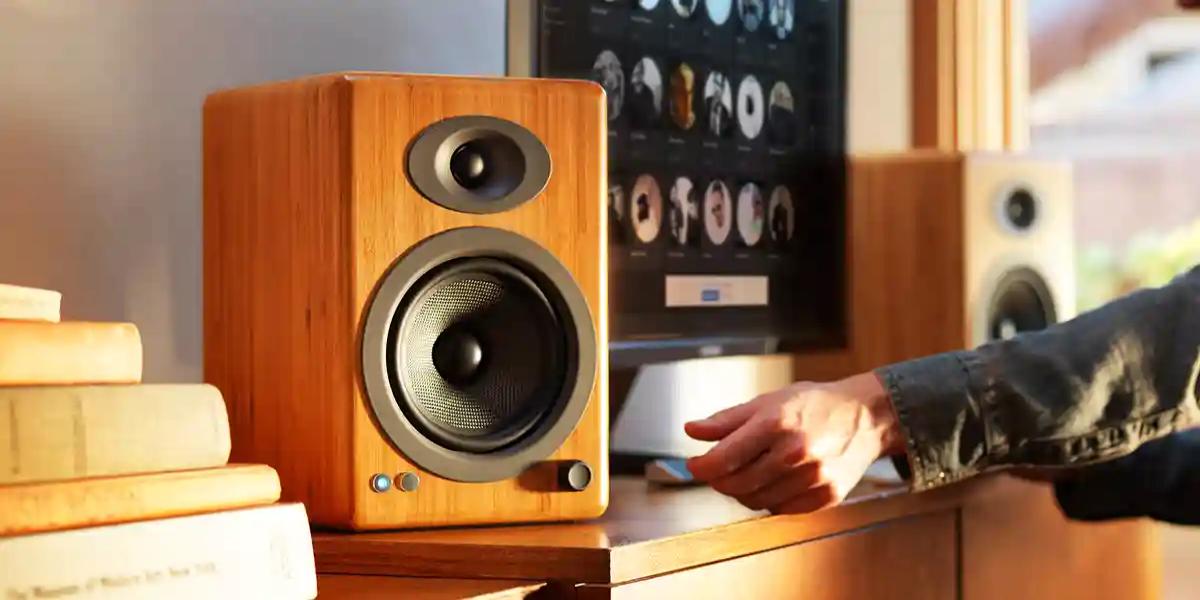
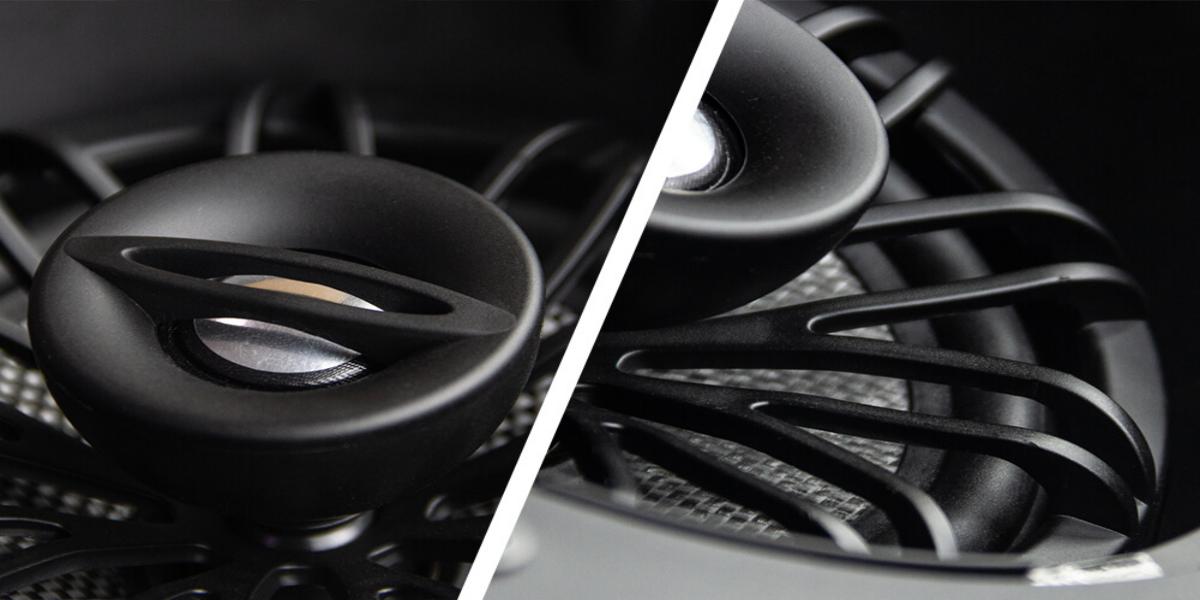
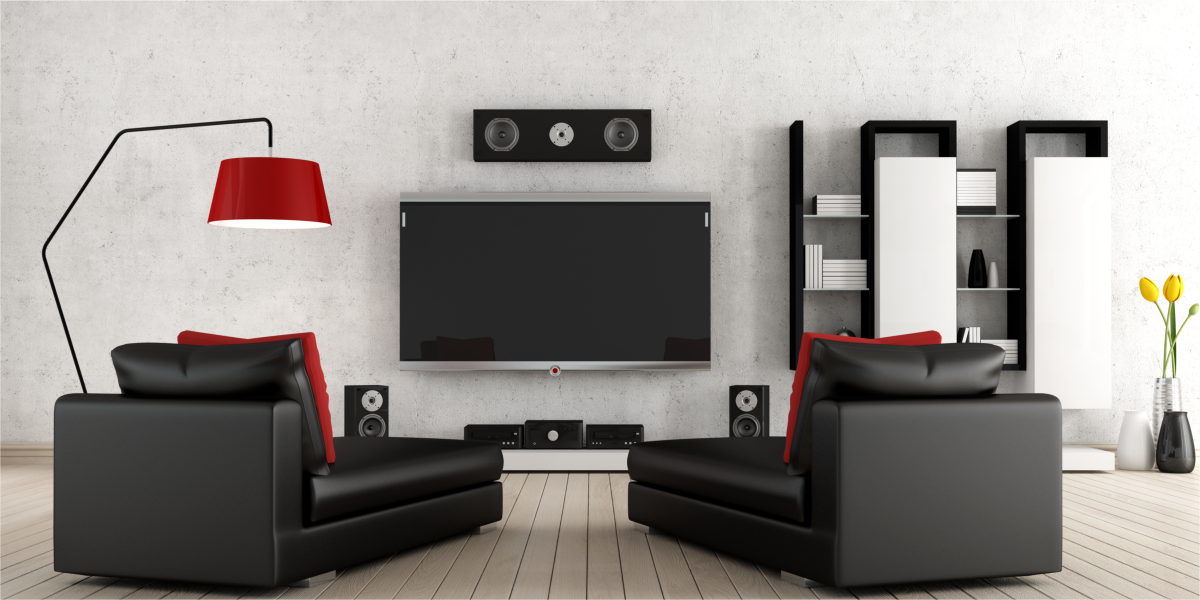
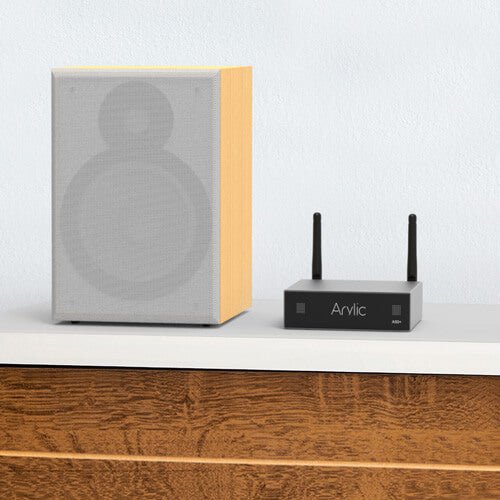
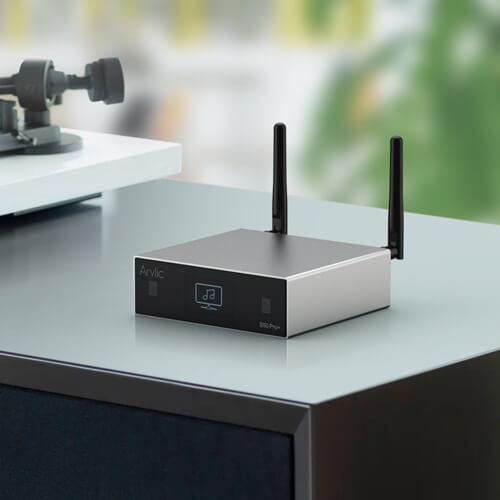
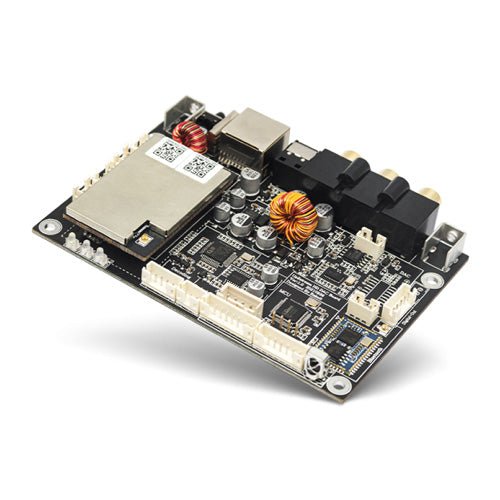















Leave a comment
All comments are moderated before being published.
This site is protected by reCAPTCHA and the Google Privacy Policy and Terms of Service apply.